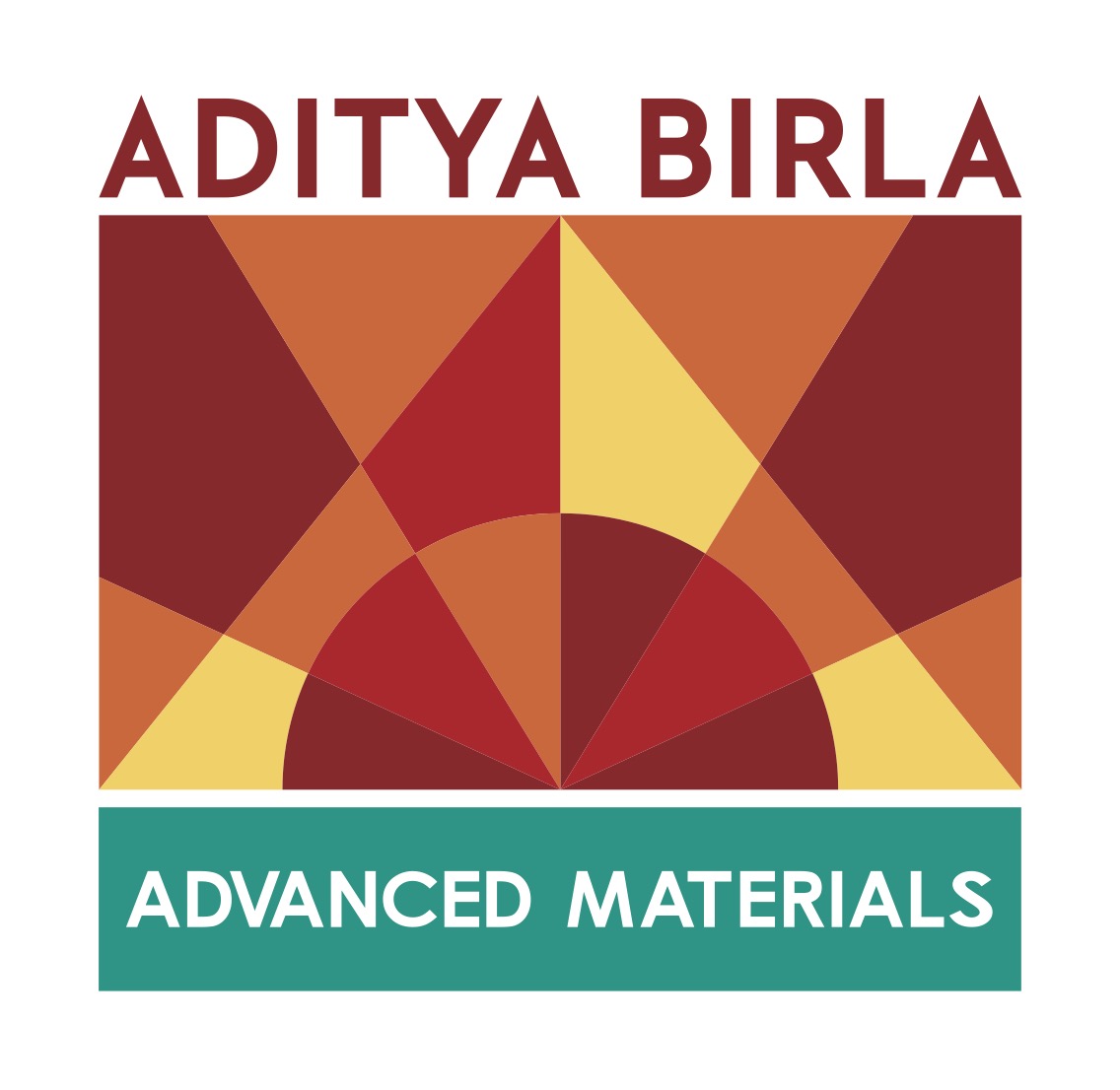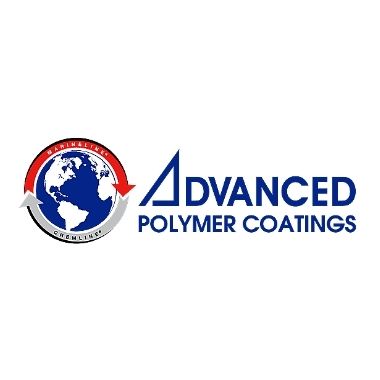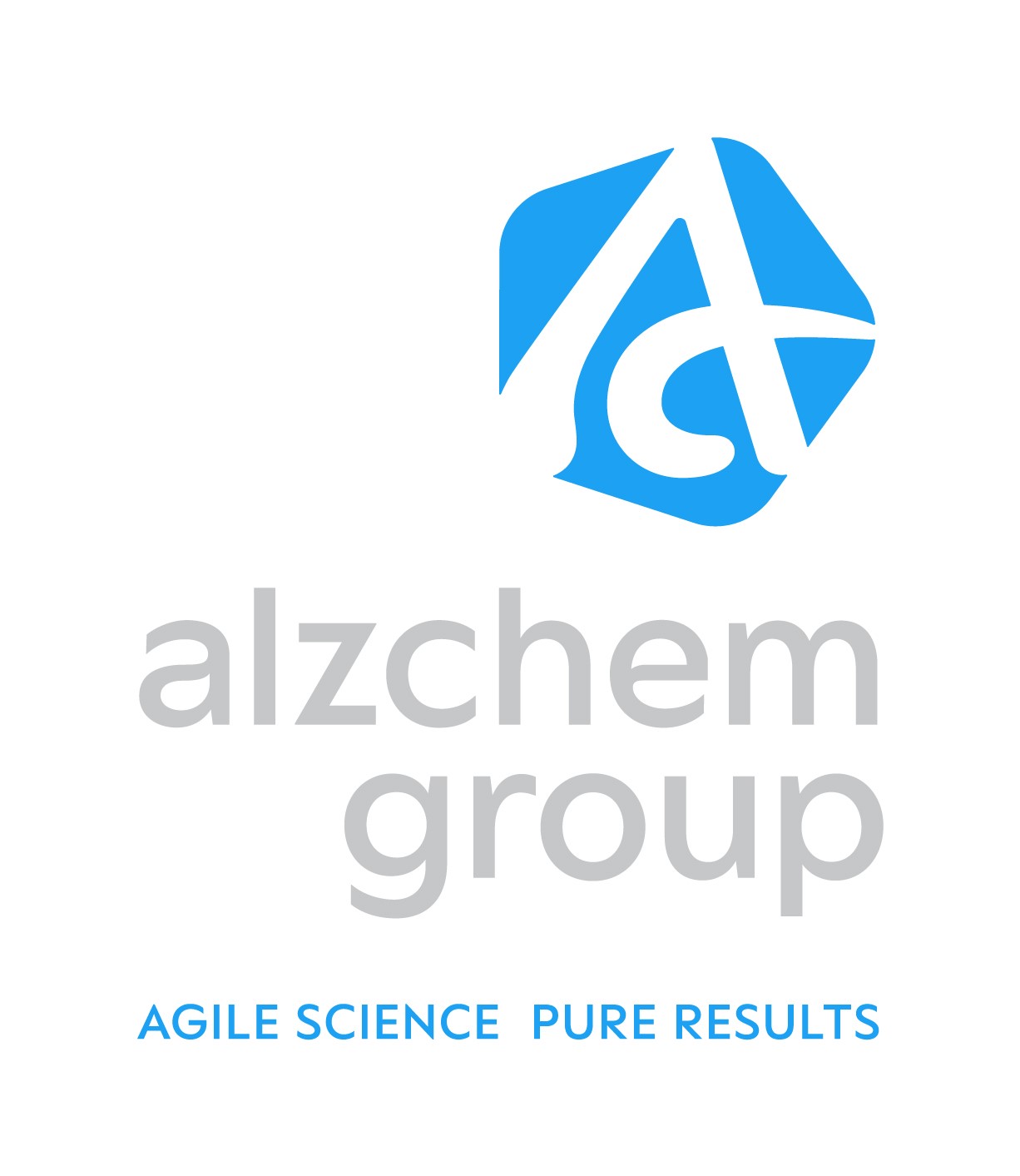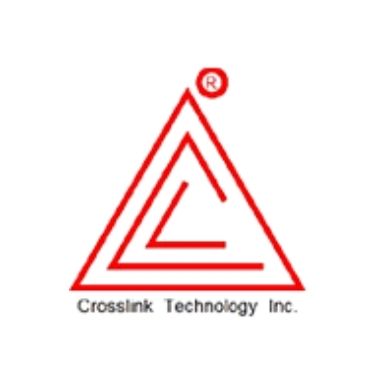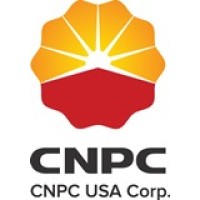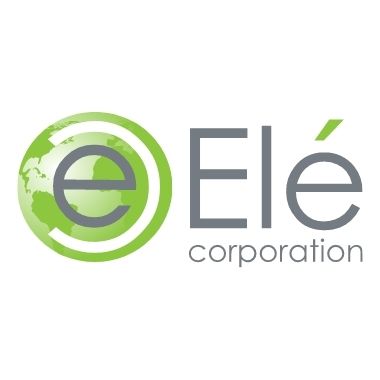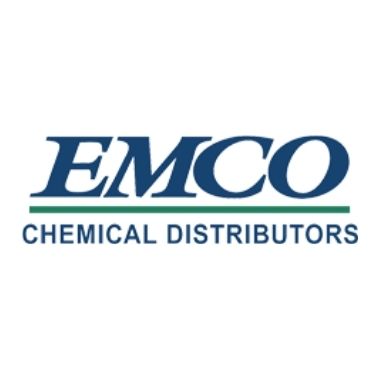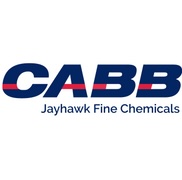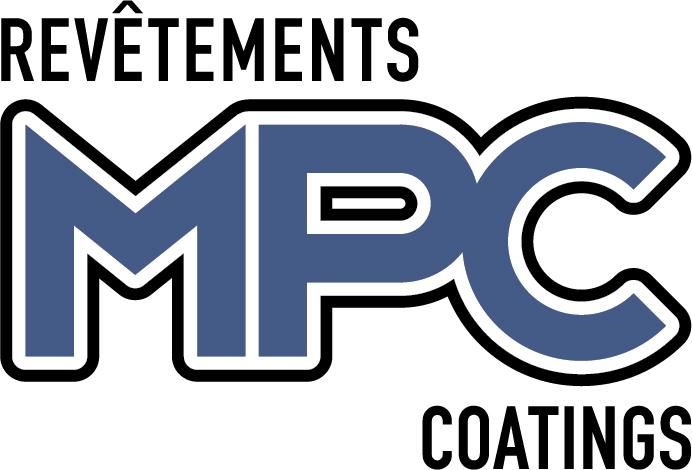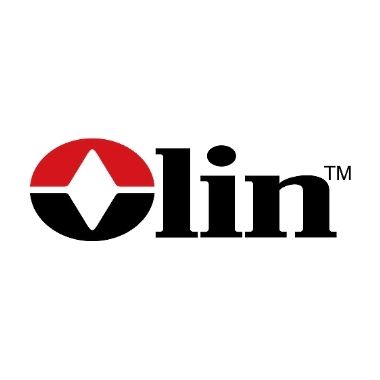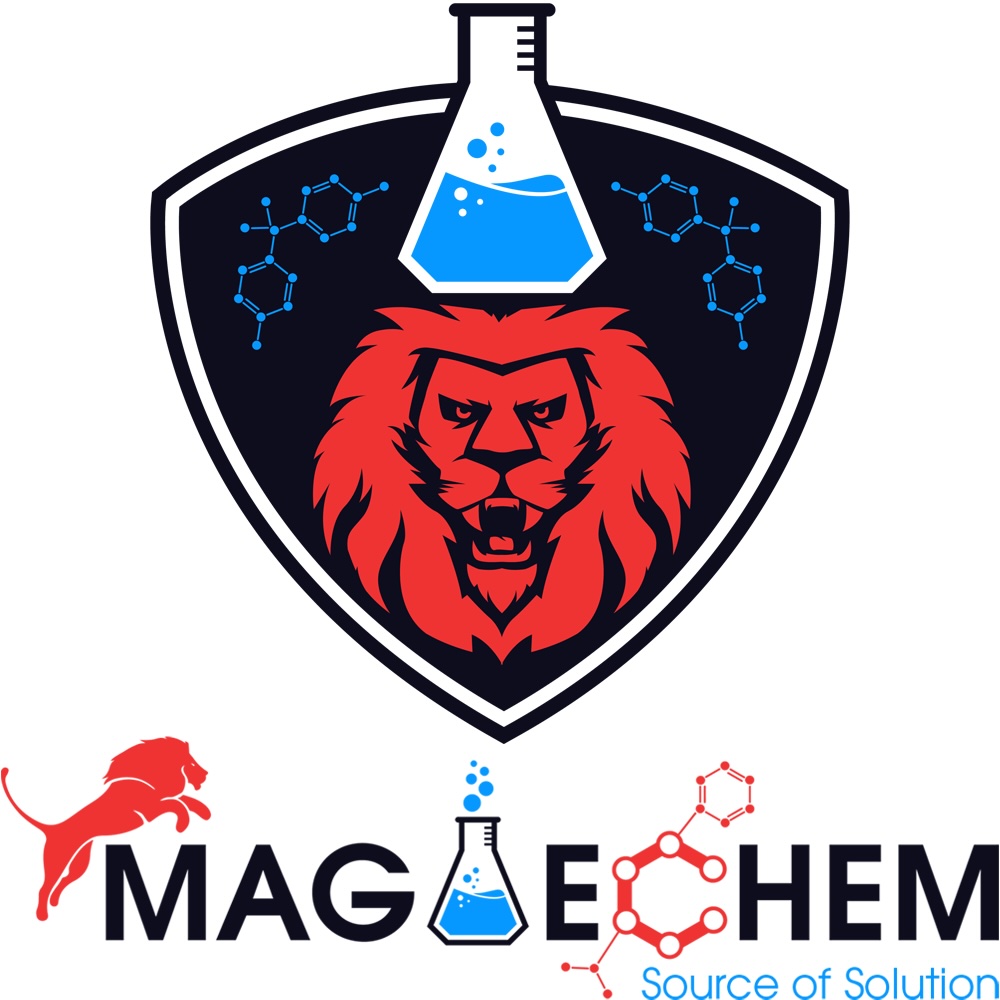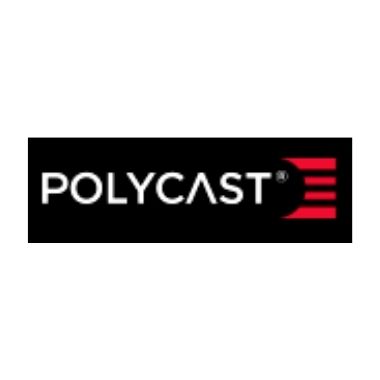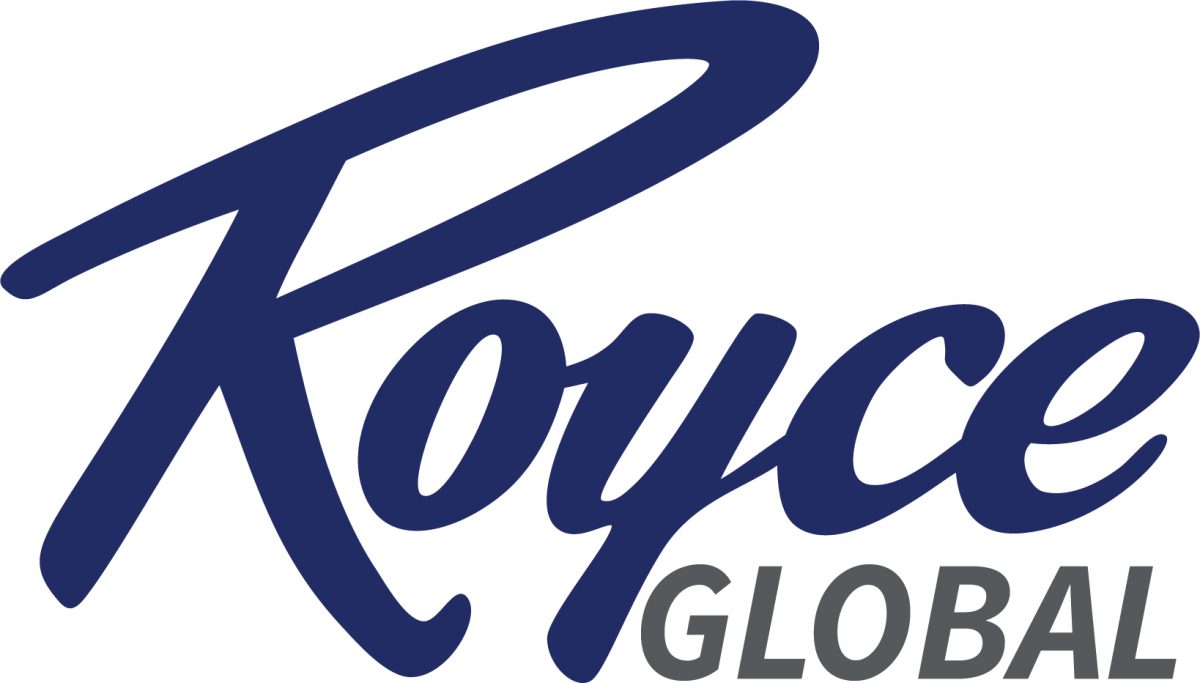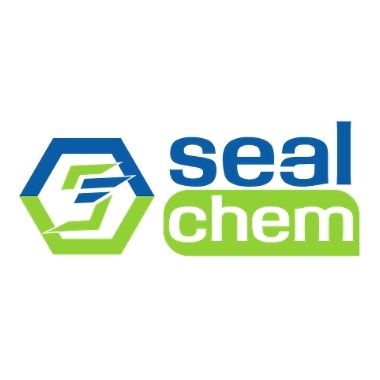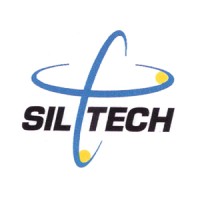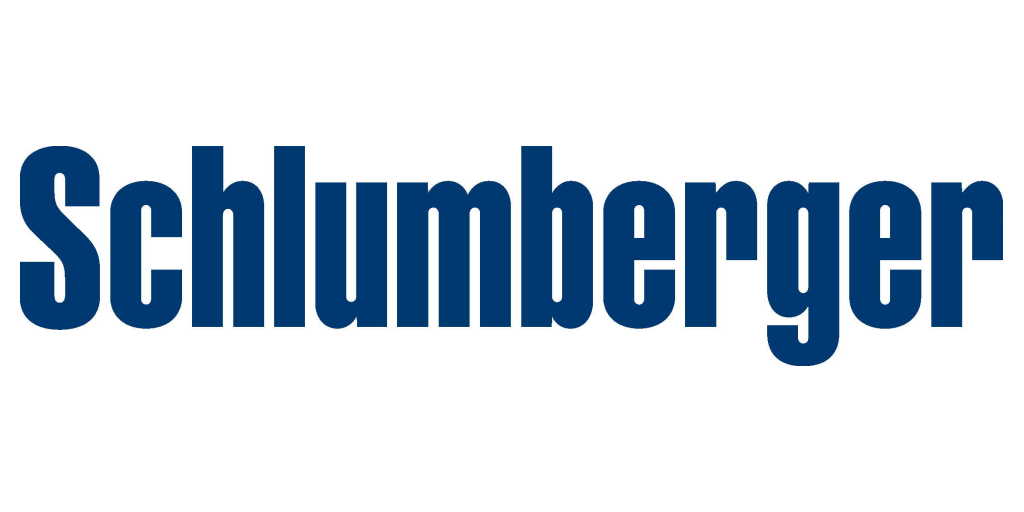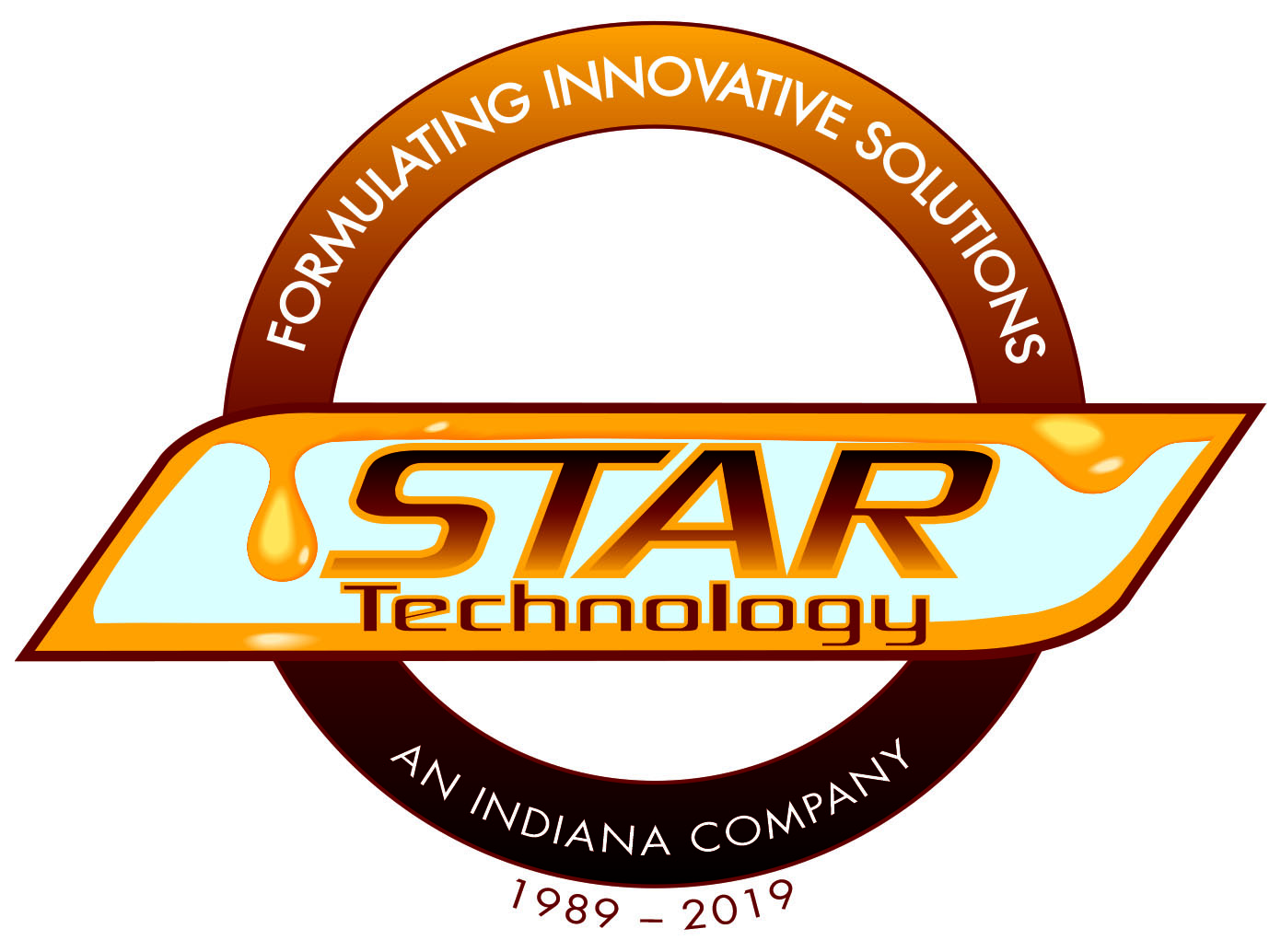2010 Annual Meeting Technical Papers
Note: Technical papers are listed in alphabetical order by company.
DEVELOPMENT OF INNOVATIVE EPOXY PREPREGS USING BIO-BASED CURING AGENTS
James Weir, Composite TechnicalServices LLC
(Composites & Tooling Committee)
Materials from renewable resources are presently gaining importance worldwide in all the fields of human activity. Composite Technical Services, based in Dayton OH, recently launched innovative bio-based epoxy curing agents obtained from phenol-rich oil obtained from cashew shells, a by-product of the cashew nut industry. Innovative epoxy prepregs using bio-based curing agents were developed in collaboration with Technology Com S.r.l. to be used for the design and fabrication of secondary structures, in the aeronautical sector and wind energy, transport, and sporting applications. These materials were analyzed and compared with conventional epoxy prepregs polymerized using amine hardeners. Calorimetric analysis was also employed to optimize the formulation based on minimizing the curing cycle and maximizing glass transition temperature (Tg). Rheological properties were also employed in order to verify the suitability of the formulation in producing different types of prepregs through the HOT MELT process. In addition, mechanical properties, such as tensile and flexural properties, and the impact performance of the final laminates obtained using carbon and glass fibers as reinforcement are also reported. The study not only proves that bio-based products can be introduced in the composite formulation without compromising the mechanical properties but also shows increases in the toughness of up to 163% and improved processability during manufacturing.
TOUGHENED EPOXY-ANHYDRIDE SYSTEMS FOR THERMOSET APPLICATIONS
Dr. Krishnan Karunakaran, Dow Chemical Company
(Coatings, Civil Engineering, Flooring Committee)
Of the wide range of hardeners used for curing epoxy resins, anhydrides have a special place due to their low viscosity, low reactivity with epoxy resins at ambient temperature, and low reaction exotherm during cure. However, epoxy - anhydride thermosets are known to be relatively brittle. A couple of different approaches have been adopted in order to provide ductility to these materials. The first is the use of plasticizers, reactive diluents, or high molecular weight chain extenders. These fall into the general category of flexibility which often results in a compromise in key properties such as Tg and modulus while achieving higher elongations at the break. The second approach involves the introduction of secondary phases in the thermoset, thereby toughening the system without any major compromises in Tg or mechanical properties.
The toughening technology developed by Dow provides significant improvements in toughness without sacrificing the modulus and Tg of the thermosets.
This presentation will provide a broad overview of this technology and will share key results pertaining to epoxy – anhydride systems.
NEW EPOXY HARDENERS FOR 2K SYSTEMS
Daniel Haile, Dow Chemical Company
(Coatings, Civil Engineering, Flooring Committee)
2K epoxy formulators understand the benefits of innovation in both the epoxy and amine sides of a formulation. Dow Coating Materials has developed adducts based on a new cycloaliphatic diamine. These new adducts offer fast reactivity in 2K systems with excellent performance. Comparison data will be shared to demonstrate performance benefits in appearance, hardness, chemical and solvent resistance for systems versus commercial adducts in combination with epoxy resins.
These new adducts offer formulators the opportunity to differentiate their 2K systems from conventional products.
PHOSPHAZINE FLAME RETARDANTS AS A GREEN CHEMISTRY TO REPLACE HALOGEN-TYPE FLAME RETARDANTS
Ted Wursta, DKSH North America, Inc.
(Adhesives & Sealants Committee)
Phosphazenes are inorganic compounds composed of phosphorus and nitrogen atoms. The primary compound, [N=PCl2]3 with a ring structure is similar to benzene. Depending on the functional groups, a wide variety of applications are being shown great potential. One of the most recent remarkable applications is for flame retardants.
People are focusing on Phosphazenes as a Green Chemistry to replace halogen-type flame retardants. From a technical viewpoint, not only does it have a flame retardant ability due to high phosphorus and nitrogen contents, but it also has an excellent hydrophobic nature having phenyl functional groups which are well-received for adhesive and sealant formulations in the latest electronic industry. It will have broad application in thermoset resins.
NEW 100% SOLIDS POS INDUSTRIAL TINTING SYSTEM AND IT'S EFFECTS ON SOLVENT BORNE COATINGS
Hersjel Wehrens, Elementis Specialties
(Coatings, Civil Engineering, Flooring Committee)
The coatings industry is under ever-increasing pressure to reduce its VOCs, both in architectural and industrial applications. For solvent-borne coatings, there are two main lines of thought: changeover to waterborne systems, which can be very hard to formulate with or reduce the VOC’s on existing systems by going higher in solids and/or by using exempt solvents. Tinting systems have so far not followed suit, most of them are still “old fashioned’ solvent-borne with >450g/l VOC. Elementis has recently introduced a new TINT-AYD Colorant line that can be used as a POS tinting system. It is 100% solid and can be used to tint high solid, exempt, and traditional solvent-based coatings. This paper describes the influence of this novel colorant technology on different 1K and 2K paint chemistries.
RHEOLOGY SURVEY OF SURFACE TREATED FUMED SILICAS IN DGEBA
James Toth, Evonik Degussa Corporation
(Adhesives & Sealants Committee)
With increased demands on the performance of epoxies used as structural adhesives and composites, the choice of additives has become more important. Due to their unique morphology and surface chemistry, fumed silicas act not only as a thixotropic agent but also as a reinforcement aid. The type of surface treatment also affects the water-resistant properties of the system.
This paper outlines a study of the rheological properties of various surface-treated and structure-modified fumed silica grades in a standard di-glycidyl ether bisphenol-A resin. A cone and plate arrangement was used to study viscosity behavior relative to shear stress rate. The resultant plot of the curves demonstrates the transition from Newtonian to non-Newtonian flow and the type of non-Newtonian flow. The potential implications of that behavior are then discussed. Additionally, using the same cone and plate arrangement an oscillatory method was used to predict the potential of flocculation under high-shear conditions. Finally, mechanical testing of model systems containing DGEBA, select fumed silicas and an aliphatic amidoamine curing agent is shown relative to rheological performance.
BIO-DERIVED URETHANE ADDITIVE CHEMICALS
Dr. Nicholas Kob, Huntsman Corporation
(Adhesives & Sealants Committee)
Glycerin carbonate (GC) is a new product having 73% bio-content and is a unique hydroxyl-functional carbonate having carbonate and hydroxyl reactive sites. Each reactive site opens pathways to utilize GC in polyurethanes. One component PU systems blocked with GC are fully polymerized when reacted with amines. This is an advantage to conventional blocked systems which release-blocking group when polymerized. In this study, blocked one-component polyurethane systems of carbonate (GC) functional urethane adduct and amines were prepared and polymerized into films. In addition to bio-content, the hydroxyl group in the hard segment enhances hydrogen bonding and improves the strength of the cured material. The curing of GC-adduct with amines and properties of the films, including stress-strain properties and glass transition, were studied. In addition, a new renewable derivatized polyol is presented that is water-soluble making it attractive for water-blown foam applications. It has also been shown to improve adhesion in the case of systems as compared to other “fast” polyols.
SHED HYDROPHOBIC CYCLOALIPHATIC EPOXY (S-HCEP): A NEW SEMI-FLEXIBLE MATERIAL FOR OUTDOOR ELECTRICAL APPLICATIONS
Robert Kultzow, Huntsman Advanced Materials
(Potting, Encapsulation, Electrical Committee)
A new semi-flexible material based on cycloaliphatic epoxy having intrinsic hydrophobicity has been developed as a cost-efficient alternative for outdoor electrical applications. The characteristics and features of this new material are presented. Included in this paper are the results of three new studies on this material that include:
- UV-weathering resistance in terms of hydrophobicity, roughness increase, surface resistance, and flexibility
- Leakage current behavior under salt fog conditions in comparison to other materials used for outdoor electrical applications
- Severe environmental exposure testing of medium voltage line post insulators at Koeberg test station (KIPTS), South Africa
NEW AMINE HARDENER FOR RAPID CURING AND HIGHLY CHEMICAL RESISTANT COATINGS
Charles Uzoezie, Huntsman Advanced Materials
(Coatings, Civil Engineering, Flooring Committee)
There is a continuing need in the coatings industry for high-performance thermoset coatings that have rapid curing characteristics and are resistant to aggressive chemicals. Huntsman Advanced Materials has active research programs addressing these industry needs. We have now developed a new amine hardener that addresses some of the needs of the high-performance coatings industry. This new amine hardener exhibits a unique combination of very rapid cure properties along with very good chemical resistance properties, especially resistance to organic and mineral acids. This new hardener is especially suited for applications to metal substrates where low-temperature cure and rapid turnaround properties are desirable. The paper will illustrate these properties both in neat film and casting properties as well as in a formulated coating.
REPAIR OPPORTUNITIES IN THE COMPOSITE WIND BLADE MARKETPLACE
Greg Rose, ITW Plexus
(Composites & Tooling Committee)
The growth of the composite wind blade marketplace has generated unique opportunities in the blade repair market. The trend has been toward larger blade designs to improve generator efficiencies. While this does generate efficiency, the large physical size also dictates on-site, and generally up the pole, repair of the composite blades.
No longer in the controlled environment of manufacturing, on-site repair adds complications of weather and accessibility to any project. This difficult environment affects potential repair chemistries differently and has spawned both new products and new field-focused application techniques.
This session will explore the composite wind blade repair market in terms of the market-defining challenges and the use of different repair chemistries
DIRECT WRITING OF NANOSCALE PATTERNS OF NANOPARTICLES AND POLYMER-NANOPARTICLE COMPOSITES (AND GRAPHENE)
Dr. Paul E. Sheehan, Naval Research Laboratory
(Potting, Encapsulation, Electrical Committee)
In thermal Dip Pen Nanolithography (tDPN), a heatable AFM cantilever regulates the deposition of ink through controlled melting, much like a nanoscale soldering iron. Control overwriting is exceptional—deposition may be turned on or off and the deposition rate easily changed without breaking surface contact. Moreover, the technique may be performed in UHV and is compatible with standard CMOS processing. tDPN has been successful at depositing materials ranging from semiconductors to insulators to metals at speeds up to 200 µm/s.
Recently, we have become interested in directly depositing nanoparticles-polymer composites. Nanoparticles and nanoparticles–polymer composites offer many new capabilities that could greatly advance nanoelectronics, data storage, biosensors, and optical imaging applications. However, these applications often require that the nanoparticles or composites be formed into nanostructures that are precisely deposited on a surface or in a device. This requirement has spurred the development of many new nano lithographies but, to date, they have exhibited relatively low resolution (>~100 nm), a lack of generality to a range of materials, or the requirement of many serial processing steps. With tDPN, we can deposit with nanoscale precision a wide range of polymers (PMMA, P(VDF-TrFE), polyethylene) that contain metallic nanoparticles, semiconducting nanoparticles, or small molecules. An oxygen plasma can remove the polymer to reveal evenly dispersed nanoparticles or, for some combinations, precisely-placed 10 nm wide rows of nanoparticles. The flexibility and precision of this approach should greatly speed the advent of AFM tip-based nanomanufacturing.
EVALUATING THE USE OF ACCELERATORS IN PHENALKAMINES FOR IMPROVING THE LOW-TEMPERATURE CURE PROPERTIES
Dr. Frank Cheng, Royce International
(Potting, Encapsulation, Electrical Committee)
Phenalkamines provide low curing at temperatures as low as 5 degrees C. Many applications desire a faster curing time at low temperatures. Different accelerators are compared to improve the curing speed at low temperatures.
PPE MACROMONOMERS - PERFORMANCE ENHANCEMENTS OF THERMOSET RESINS
Dr. Edward N. Peters, Sabic Innovative Plastics
(Potting, Encapsulation, Electrical Committee)
Unique low molecular weight polyphenylene ether (PPE) telechelic copolymers were designed for use in thermosetting resins. PPE macromers have been reported as a breakthrough in the search for materials that broadly enhanced the performance of thermoset materials. They exhibit high solubility in common solvents and monomers and tailored functionality to co-polymerize with thermoset resins. The effects of incorporating PPE into thermoset resins are broad enhancements of performance. Reaction with epoxy resins resulted in single-phase networks, which exhibited an increase in glass transition temperatures (Tg) and toughness. In addition, there was a decrease in moisture absorption and dielectric properties. Reaction with cyanate esters gave single-phase matrices that exhibited a significant increase in toughness and reduction moisture absorption. Methacrylate-terminated PPE macromonomer reacts with vinyl resins and increases Tgs, and toughness, and reduced moisture absorption. The ability of PPE to lower moisture absorption suggests advantages in better dimensional stability and properties. In addition, materials would have more stable dielectric properties and allow for shorter baking times to remove water for secondary operations. Flame resistance is important in composites and electronics. Halogen-free flame-retardants are important in response to environmental pressures in the marketplace and recent regulatory issues. PPE exhibits inherent resistance to burning because of its highly aromatic structure and facilitates halogen-free flame retardancy. Thus, the use of PPE in thermoset resins results in lowering the needed dosage of flame-retardant and there is a corresponding enhancement of properties. The broad advantages of PPE macromonomers in enhancing the performance of thermoset materials suggest utility in a variety of composites and electronic packaging applications.
UTILIZATION OF CLAY-CARBON NANOPARTICLE SYNERGY FOR ENHANCING ELECTRICAL AND MECHANICAL PROPERTIES OF EPOXY COMPOSITES
Krishna C. Etika, Texas A & M University
(2010 Excellence in Thermoset Polymer Research Award Winner)
Studies on liquid suspensions suggest a synergy between clay and carbon nanoparticles i.e., single-walled carbon nanotubes (SWNTs) and carbon black (CB). Such synergistic interactions result in a unique microstructural development that ultimately influences the electrical and mechanical properties of epoxy composites that contain both particles. With just 0.05 wt% SWNT, electrical conductivity is increased by more than four orders of magnitude (from 10-9 to 10-5 S cm-1) with the addition of 0.2 wt% clay in epoxy-SWNT composites. Furthermore, the percolation threshold of these nanocomposites is reduced from 0.05 wt% SWNT to 0.01 wt% with the addition of clay. For CB-filled epoxy, the addition of 0.5 wt% clay increases the electrical conductivity by an order of magnitude (relative to composites containing no clay), but no significant improvement is observed in storage modulus. Composites containing equal concentrations of CB and clay show reduced electrical conductivity, but significant improvement in storage modulus (relative to the composites containing an equal amount (wt%) of either CB or clay alone). Both electrical conductivity and storage modulus improve in composites containing a 1:2 clay:CB (wt/wt) ratio. This synergy between carbon nanoparticles and clay is a useful tool for simultaneously improving the electrical and mechanical properties of solution-processed composites.
THE ROLE OF KENTERA(TM) IN THE FORMULATION OF MULTIWALL CARBON NANOTUBES REINFORCED EPOXY RESINS
Dr. Weijun (Kevin) Wang, Zyvex Performance Materials
(Composites & Tooling Committee)
The high affinity of KenteraTM towards MCNTs has been demonstrated in Langmuir isothermal adsorption so that the strong attraction between KenteraTM and MCNTs via π-π stacking opens a wide door for us to take the advantages of the complex of KenteraTM and MCNTs – KenteraTM technology platform. The platform allows us not only to tailor properties of resins and composites in terms of resin viscosity, interfacial adhesion between resin and MCNTs, the mechanical properties of MCNT reinforced composites in terms of thermal elastic properties and flexural strength and modulus, but also to use it as a tool to evaluate the quality of carbon nanotubes.
|



